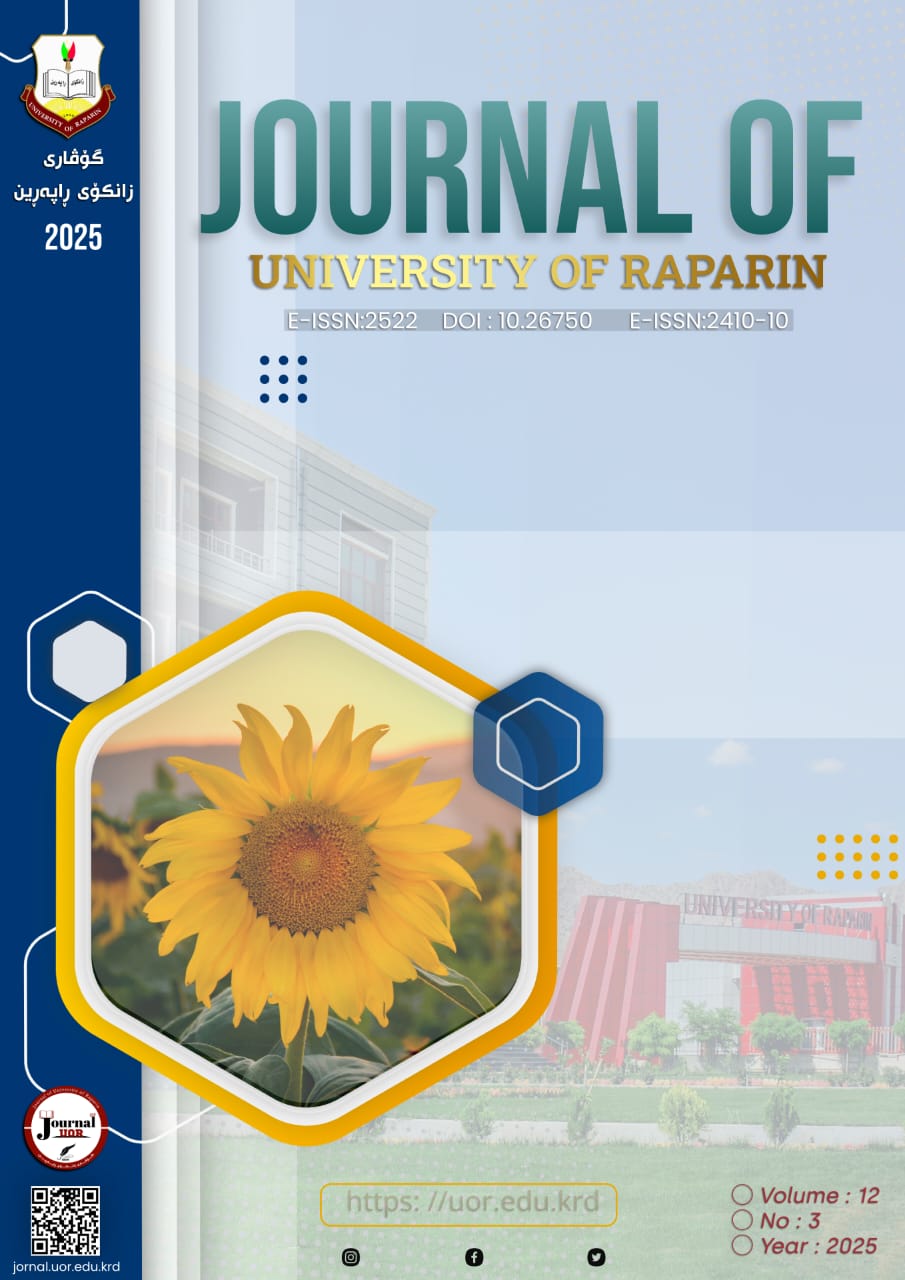Evaluation of the Military Foundations of the Topography of the Asos Mountain Range Using Geographic Information Systems (GIS)
DOI:
https://doi.org/10.26750/art039.a1897Keywords:
Military, Military Geography, Topography, Assos Mountain Range, GIS.Abstract
This study aims to evaluate the military principles of the topography of the Assos Mountain Range using Geographic Information Systems (GIS), with a specific focus on military guides and Defense Tools in ArcGIS Pro. The analysis is centered on the relationship between elevation, slope (degree and direction), and their military implications. By integrating spatial data and GIS-based mapping, the study examines key topographic factors affecting military mobility, defense positioning, and operational strategies.
The significance of this research lies in its systematic evaluation of selected military principles in relation to the Assos Mountain Range, utilizing geospatial data and analytical tools. To achieve its objectives, the study employs a descriptive approach combined with statistical analysis (strength analysis method). The study is divided into an introduction and three axes, The first axis is devoted to introducing the geographical location of the research region, concepts, terms and sections of (Military Tools), while the second axis is the military principles of the high mountain range of Assos The third axis refers to the military principles of the Assos mountain Range.
The findings indicate that the Assos Mountains cover an area of approximately 714 km², with an 11 km international border with Iran. The highest peak exceeds 2,500 meters above sea level, while 63% of the study area lies between 1,000 and 2,000 meters. Moreover, over 80% of the terrain has slopes greater than 10 degrees, presenting significant mobility challenges for military vehicles, tanks, and armored units. The study underscores the crucial role of GIS, particularly Defense Tools, in advancing modern military planning, strategic decision-making, and operational effectiveness.
References
Collins, John M., 1998. Military Geography for Professionals and the Public, National Defense University Press, Washington, DC.
Piehler, G. Kurt. 2013. Encyclopedia of military science. A Sage reference publication. Printed in the United States of America. Los Angeles.
Kościuszko, Tadeusz and Kocoń, Paweł. 2017. Military science and management science – methodological connection in the context of culture of organization. V International Scientific Conference of the series SOCIETY AND WAR Europe behind the walls – ‘’strangers at the gates of Europe SAW 2017”. Faculty of security studies. Institute of National Security.
Woodward, Rachel. December 1, 2005. From Military Geography to militarism’s geographies: disciplinary engagements with the geographies of militarism and military activities, Progress in Human Geography, Volume: 29 issue: 6, 2005 Edward Arnold (Publishers) Ltd, Newcastle.
Joint Publication 1-02, As Amended Through 15 August 2011. Department of Defense Dictionary of Military and Associated Terms.
Galgano, Francis and J. Palka, Eugene, 2011. Modern military geography, 1st published, Routledge, New York.
US Army, 1982, Operations FM (Field Manual) No.100-5, (3-1), 20 August, Washington, DC.
Johnson, Douglas Wilson, 1917. Topography and Strategy in the War, Henry Holt, New York.
Faringdon, Hugh, 1989. Strategic Geography NATO, the Warsaw Pact, and the Superpowers, 2nd Edition, Routledge, London and New York.
Root, E. A. (Edwin Alvin), 1902, Military topography and sketching, Hudson-Kimberly Publishing Co, Kansas City.
Barr, Donald R., Bard Mansager, William P. Fox, Thomas Riddle, Topological Terrain Map Resolution: Intervisibility, Crest, and Military Crest, United States Military Academy (USMA) West Point. PS4.PDF (westpoint.edu) (12 February 2024).
FM (Field Manual) 21-26, 1993, Map Reading and Land Navigation, Department of the Army, Washington, DC.
FM (Field Manual) 21-75, 1984, Combat Skills of the Soldier, Department of the Army, Washington, DC.
Telecom Trainer, Apr 25, 2023, LOB (line of bearing), LOB (line of bearing) (telecomtrainer.com). (22 February 2024).
Johantges, Adam D., Jonas, Bryan P., Oxendine, Christopher and O’Banion, Matthew S, 2021, Development of Gridded Reference Graphics Using Machine Learning and a Customized Geoprocessing Workflow, Conferences, IEEE International Geoscience and Remote Sensing Symposium IGARSS, Brussels, Belgium.
الدويكات، قاسم، 1995. تأثير السطح الجغرافي على الحركة العسكرية، القوات الجوية، المجلد11، العدد 72.
الدويكات، قاسم، 1994. أثر ظروف السطح الجغرافي على العمليات العسكرية في المناطق الجبلية، مجلة فرسان مؤتة، العدد 7.
Downloads
Published
Issue
Section
License
Copyright (c) 2025 Journal of University of Raparin

This work is licensed under a Creative Commons Attribution-NonCommercial-NoDerivatives 4.0 International License.




